Lansing Bird Control
Welcome to Bird Removal of Lansing! We specialize in the humane and effective resolution of human/bird conflicts in the Lansing metro region, and throughout Michigan. Whether you have a single bird in a building, or need to prevent pigeon roosting (and bird droppings) on a large architectural project, we can solve your Lansing bird problem effectively and professionally. We install exclusion materials to keep birds away, and even provide pigeon trapping as a means of Lansing bird removal. We are not a pest control company, but rather wildlife, bat, and bird specialists only. Click on our Lansing Prices page to find out more about our prices for bird control work. You can also read the topics addressed on this website to learn more about how to resolve your specific bird conflict. We look forward to hearing from you.
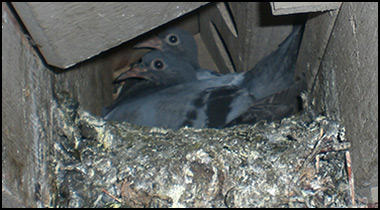
Lansing Bird Removal & Structural Repairs
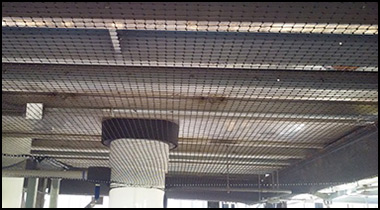
Exclusion Netting & Spike Installation
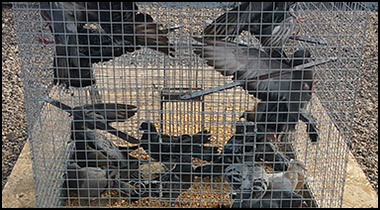
Michigan Bird Trapping & More
Call 24/7 to discuss your Lansing bird problem.
Same-day or next-day appointments: 517-219-1075
Thorough inspection of your property.
Written estimates for bird project.
Fully Michigan licensed and insured.
Structural bird exlusion netting.
Anti-roosting spikes and shock track.
Aurel dispersion and bird harrassment.
Bird dropping cleanup and sanitation services.
Bird damage repair and building exclusion.
Our Service Range - 517-219-1075
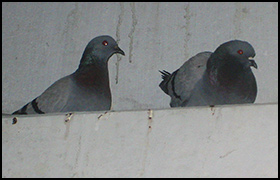
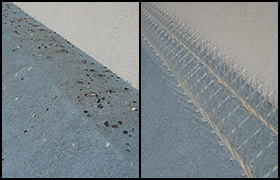
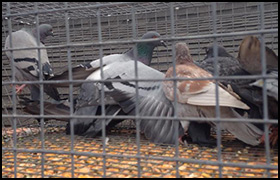
What diseases do pigeons carry?
Pigeons are very much typical in NYC. They usually nest in buildings and they multiply very fast. Breeding happens anytime of the year and that takes place from March to July. During the said months, the department handling the wildlife animals usually get questions about the possible health risks of the pigeon feces, since they always have to clean up. Having a close contact with the pigeon feces might bring health risks to humans. 3 diseases in humans have been linked with the feces of the pigeons and these are Cryptococcosis, psittacosis and histoplasmosis.
The histoplasmosis is a kind of disease that is brought about by fungus that grows in the feces of the pigeons. It also grows in the soils and it has been found throughout the world. When you clean up the feces, you may breathe in some of the fungus that brings the disease and that will happen if you have had a high exposure to the fungus that brings infection. Cleaning the windowsills on the other hand will not bring you histoplasmosis on the other hand. The signs of histoplasmosis will start to show off after ten days of exposure. The signs may include fatigue, pains in the chest and fever. A lot of people do not show any signs when infected, but those with a low immune system like the cancer patients and those with HIV or AIDS will be more at risk of having histoplasmosis. This cannot be transmitted from one person to another.
Cryptococcosis on the other hand is also a fungal infection linked with the feces of the pigeons. It also develops in the soil in various parts of the globe. It is very unusual for a healthy individual to have it even if the person has been exposed to the infected feces overtime. Those who are at risk may have suffered from low immunity and that compromised their health. In the data of the CDC, more than 85% of those who have had the Cryptococcosis are those with HIV and AIDS.
Psittacosis is another kind of disease from the feces of the pigeons. It is also known as the parrot fever and it is a rare kind of disease. It mainly affects the parrots and the like, such as the parakeets and the cockatiels. However, it may also affect pigeons. If the dry feces became airborne, people will be sick of it through inhalation. In human beings, the sign may be fever, rashes, chills, pneumonia and headache. The signs may show off after ten days of exposure to the infected feces and it is curable through antibiotic.
There were less than fifty cases of these diseases yearly in NYC since 1996 according to the CDC. The psittacosis is a rare kind of disease from the feces of the pigeons and there is just one who had it. More than 70% of the people who had a close contact with the pigeons in NYC has been infected, but the vets, the cleaners of the droppings and the pet shop workers are more at risk, however no person to person contact has been reported.

